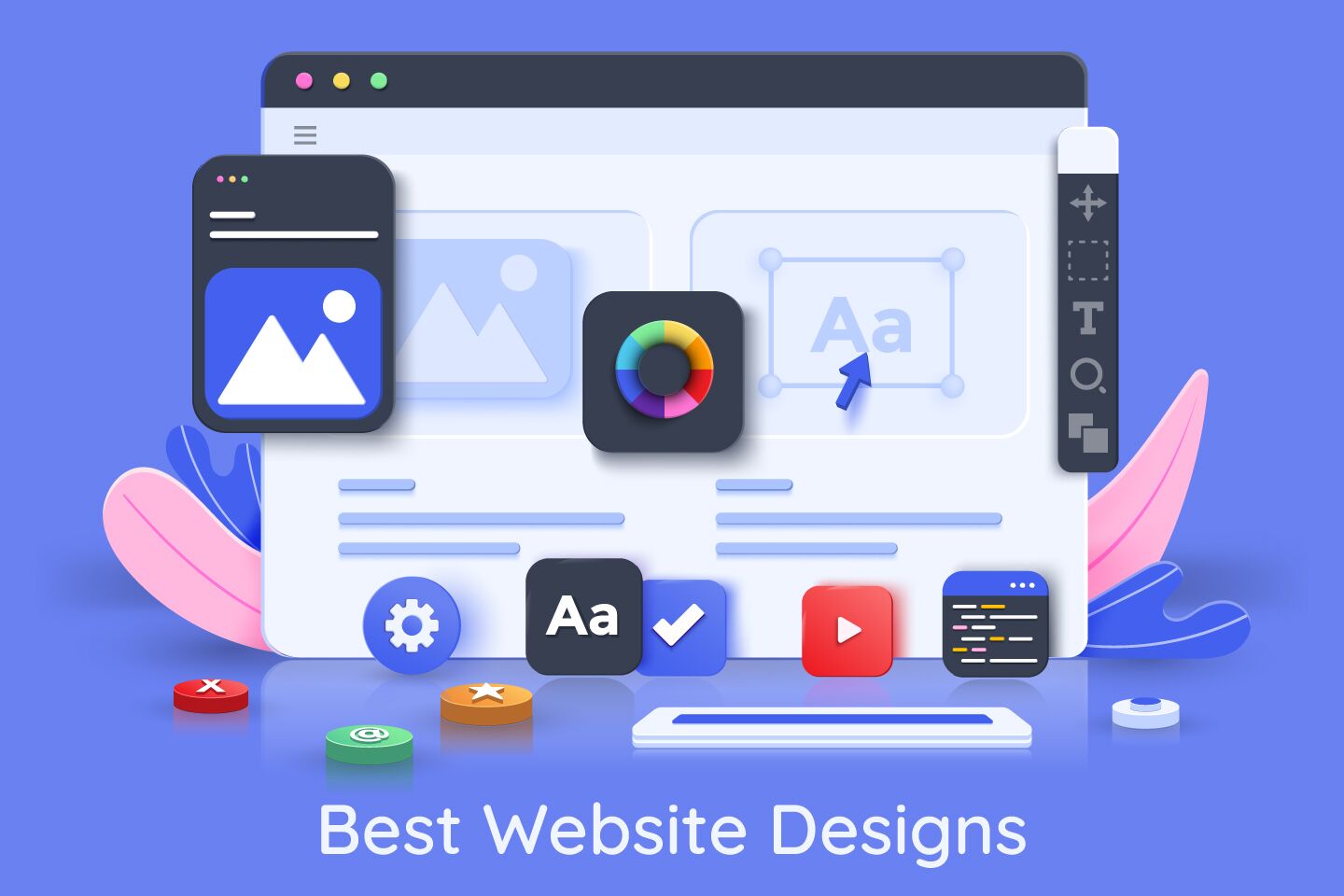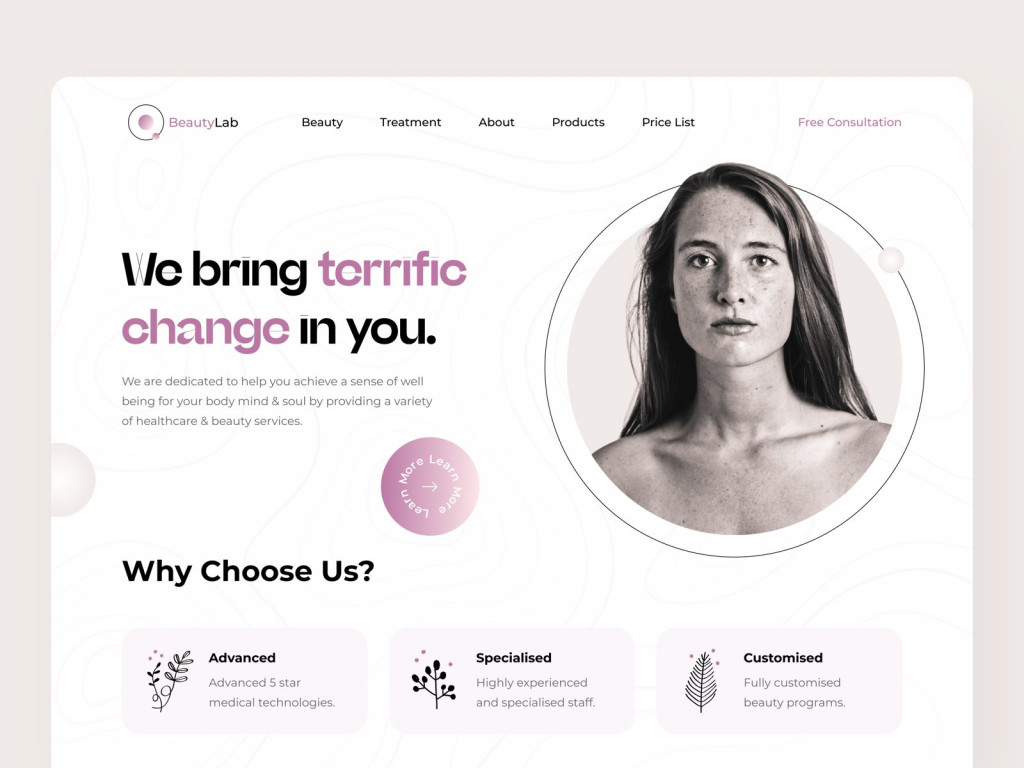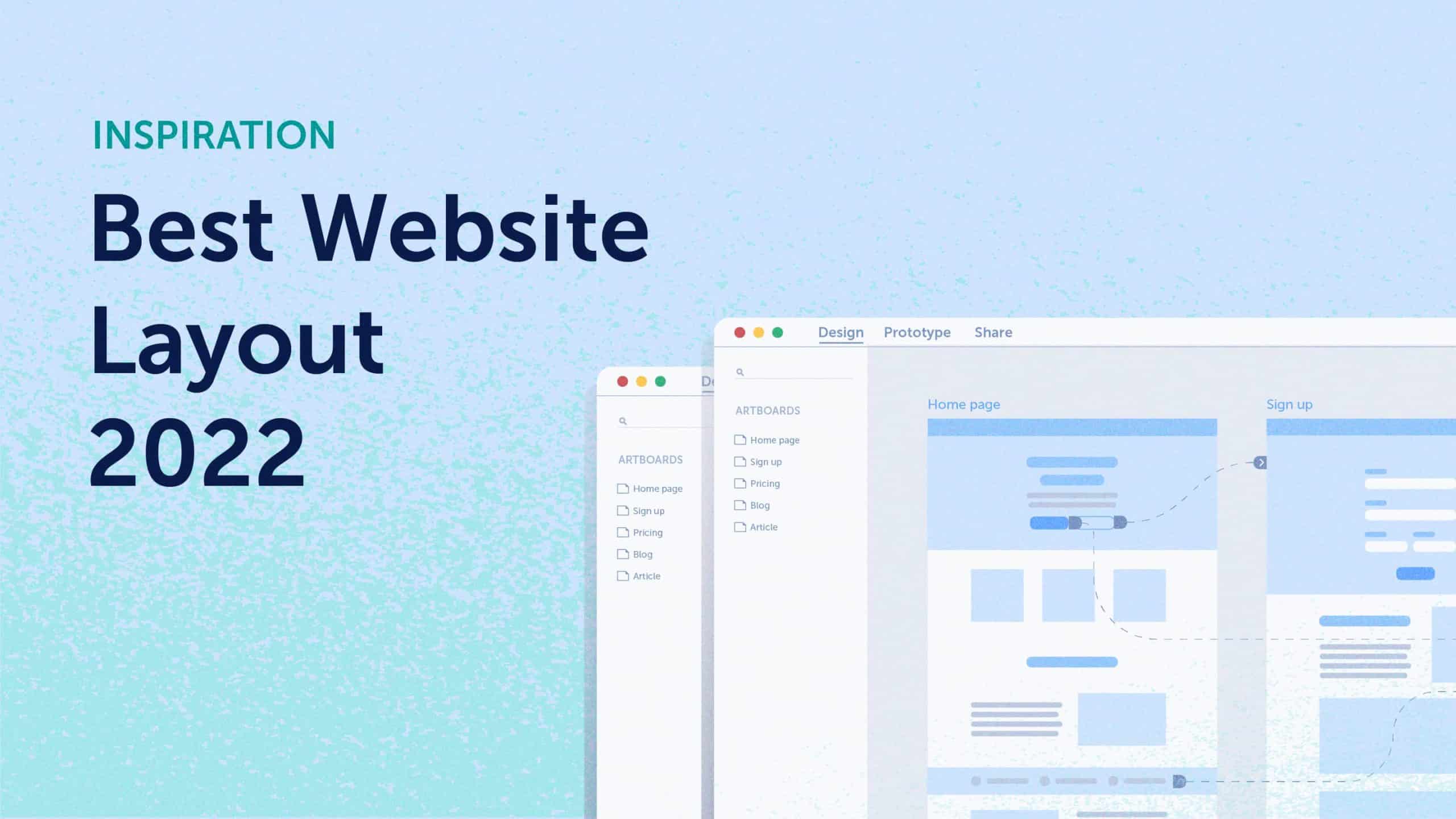Website Design for Online Stores: Essential Features for Sales
Website Design for Online Stores: Essential Features for Sales
Blog Article
Important Principles of Site Layout: Producing User-Friendly Experiences
In the realm of site design, the creation of user-friendly experiences is not merely an aesthetic pursuit however a basic necessity. Crucial concepts such as user-centered layout, intuitive navigating, and accessibility function as the backbone of effective electronic platforms. By focusing on individual demands and choices, designers can foster interaction and contentment, yet the implications of these concepts extend beyond plain performance. Comprehending how they intertwine can dramatically impact a website's overall efficiency and success, triggering a more detailed assessment of their private functions and collective impact on user experience.

Relevance of User-Centered Layout
Focusing on user-centered layout is essential for developing effective web sites that fulfill the requirements of their target market. This strategy positions the user at the leading edge of the style procedure, guaranteeing that the site not just works well yet additionally resonates with users on an individual degree. By recognizing the customers' objectives, choices, and behaviors, designers can craft experiences that promote engagement and complete satisfaction.

In addition, embracing a user-centered style approach can bring about enhanced availability and inclusivity, providing to a diverse target market. By taking into consideration various user demographics, such as age, technical efficiency, and cultural histories, designers can develop sites that are inviting and useful for all.
Eventually, focusing on user-centered design not only boosts individual experience yet can additionally drive key business results, such as boosted conversion prices and customer commitment. In today's competitive digital landscape, understanding and focusing on user needs is a critical success factor.
User-friendly Navigating Frameworks
Efficient website navigation is often an important element in boosting individual experience. User-friendly navigation frameworks enable customers to find details promptly and effectively, lowering aggravation and boosting engagement.
To develop instinctive navigation, designers ought to focus on clearness. Labels need to be acquainted and descriptive to users, avoiding lingo or ambiguous terms. A hierarchical framework, with main classifications resulting in subcategories, can further assist individuals in comprehending the relationship in between various sections of the site.
Furthermore, integrating aesthetic signs such as breadcrumbs can direct individuals via their navigating course, permitting them to easily backtrack if required. The addition of a search bar additionally enhances navigability, granting individuals route accessibility to content without having to navigate through numerous layers.
Receptive and Adaptive Formats
In today's electronic landscape, guaranteeing that web sites function flawlessly across different devices is essential for customer satisfaction - Website Design. Flexible and receptive designs are 2 key approaches that allow this functionality, satisfying the diverse series of screen sizes and resolutions that individuals might come across
Responsive formats utilize liquid grids and adaptable photos, allowing the website to automatically readjust its aspects based upon the display measurements. This strategy gives a consistent experience, where material reflows dynamically to fit the viewport, which is specifically useful for mobile users. By utilizing CSS media inquiries, developers can produce breakpoints that enhance the layout for different tools without the demand for separate styles.
Flexible formats, on the other hand, utilize predefined formats for specific display sizes. When a customer accesses the website, the web server discovers the device and offers the proper format, ensuring an optimized experience for differing resolutions. This can lead to quicker loading times and boosted efficiency, as each design is customized to why not look here the device's capabilities.
Both receptive and flexible layouts are essential for boosting user involvement and satisfaction, inevitably adding to the website's general efficiency in meeting its purposes.
Consistent Visual Power Structure
Establishing a constant visual power structure is crucial for assisting individuals with a website's content. This principle makes certain that details exists in a fashion that is both interesting and intuitive, permitting individuals to quickly understand the material and navigate. A distinct pecking order utilizes various design aspects, such as size, comparison, spacing, and shade, to produce a clear distinction between different kinds of web content.

Additionally, regular application of these visual signs throughout the website promotes experience and trust. Customers can swiftly learn to recognize patterns, making their interactions much more reliable. Eventually, a solid aesthetic power structure not only improves customer experience however additionally improves total website usability, urging deeper involvement and promoting the desired actions on a site.
Availability for All Individuals
Accessibility for all individuals is a basic element of site this hyperlink style that makes sure everybody, regardless of their abilities or disabilities, can engage with and take advantage of online content. Designing with accessibility in mind entails carrying out practices that suit diverse user needs, such as those with aesthetic, acoustic, motor, or cognitive disabilities.
One necessary standard is to stick to the Internet Content Availability Guidelines (WCAG), which offer a framework for developing easily accessible digital experiences. This consists of utilizing enough color comparison, giving message alternatives for photos, and making certain that navigation is keyboard-friendly. In addition, utilizing responsive layout techniques ensures that web sites work successfully across numerous tools and screen sizes, additionally improving accessibility.
An additional essential factor is making use of clear, succinct language that stays clear of lingo, making material comprehensible for all customers. Involving users with assistive technologies, such as screen readers, requires mindful focus to HTML semiotics and ARIA (Obtainable Abundant Internet Applications) functions.
Eventually, focusing on accessibility not only fulfills lawful obligations but additionally broadens the target market reach, cultivating inclusivity and boosting individual contentment. A dedication to access reflects a dedication to creating fair digital settings for all customers.
Verdict
In conclusion, the vital concepts of recommended you read internet site style-- user-centered style, instinctive navigating, receptive layouts, regular aesthetic power structure, and access-- collectively add to the creation of straightforward experiences. Website Design. By focusing on individual needs and making sure that all people can efficiently engage with the site, developers enhance functionality and foster inclusivity. These principles not just boost individual complete satisfaction however additionally drive favorable service results, eventually showing the important relevance of thoughtful website layout in today's digital landscape
These techniques offer invaluable insights right into user assumptions and discomfort points, allowing developers to tailor the website's features and material as necessary.Effective website navigation is commonly an important factor in boosting individual experience.Developing a regular visual hierarchy is essential for assisting customers through an internet site's material. Ultimately, a strong visual pecking order not just boosts individual experience however additionally boosts overall site use, urging much deeper interaction and facilitating the desired actions on a website.
These concepts not only boost user contentment but additionally drive positive service outcomes, ultimately demonstrating the critical relevance of thoughtful website design in today's digital landscape.
Report this page